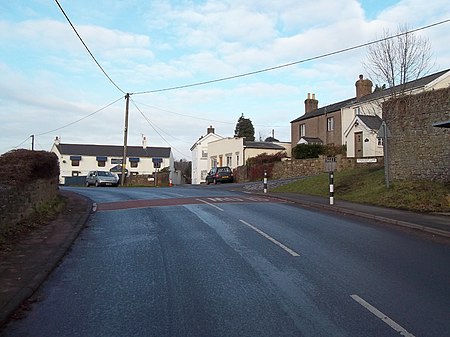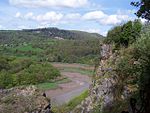Woodcroft, Gloucestershire
Gloucestershire geography stubsTidenhamUse British English from March 2015Villages in Gloucestershire

Woodcroft is a small village in the Forest of Dean district of Gloucestershire, England. It is located on the eastern bank of the River Wye, opposite Piercefield House, two miles north of the Welsh town of Chepstow. The village is immediately north of Tutshill, within the parish of Tidenham. The population in 2011 was 284.
Excerpt from the Wikipedia article Woodcroft, Gloucestershire (License: CC BY-SA 3.0, Authors, Images).Woodcroft, Gloucestershire
B4228, Forest of Dean Tidenham
Geographical coordinates (GPS) Address Nearby Places Show on map
Geographical coordinates (GPS)
| Latitude | Longitude |
|---|---|
| N 51.66029 ° | E -2.66269 ° |
Address
B4228
NP16 7HY Forest of Dean, Tidenham
England, United Kingdom
Open on Google Maps






